Serve beetroots to your baby with ease and confidence following these cooking tips, serving suggestions, and healthy recipes!
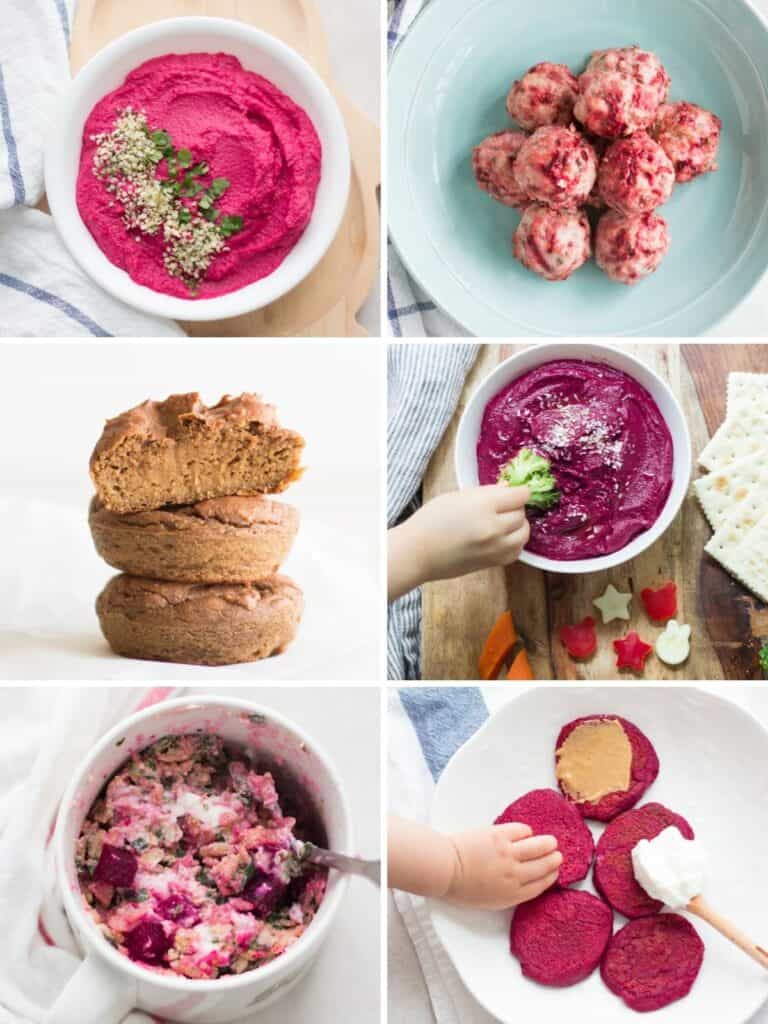
Jump to:
When can babies eat beets?
This nutritious vegetable can be offered to babies as soon as they’re ready to start solids, usually around 6 months. It’s important to remember that your baby is unique and that rather than going by the calendar, you need to make sure your baby is DEVELOPMENTALLY ready to start solids.
If you’re unsure, be sure to grab my FREE handout!
Health Benefits

Beets are nutritional powerhouses. They’re great sources of fiber, potassium, folate, iron, calcium, and vitamin C.
And did you know that the red pigment is also a powerful antioxidant called betalains?
They’re essential for many cell functions and protect our cells against oxidative stress, which can damage cells.
Besides the health benefits, beets provide your baby with such a wonderful flavor and texture experience. The vibrant color is sure to engage their eyes and even pique the interest of your fussy eating toddler.
Be prepared though as they have an uncanny ability to stain everything! Put on a full sleeve bib or serve on bath day ;).
Are beets safe for babies?
As long as it's offered in an appropriate size and texture, it is safe. Let me show you how!
It is also not a common allergen. And If you were told to avoid due to nitrates, be sure to read the FAQ section!
Selecting the Best Beetroots
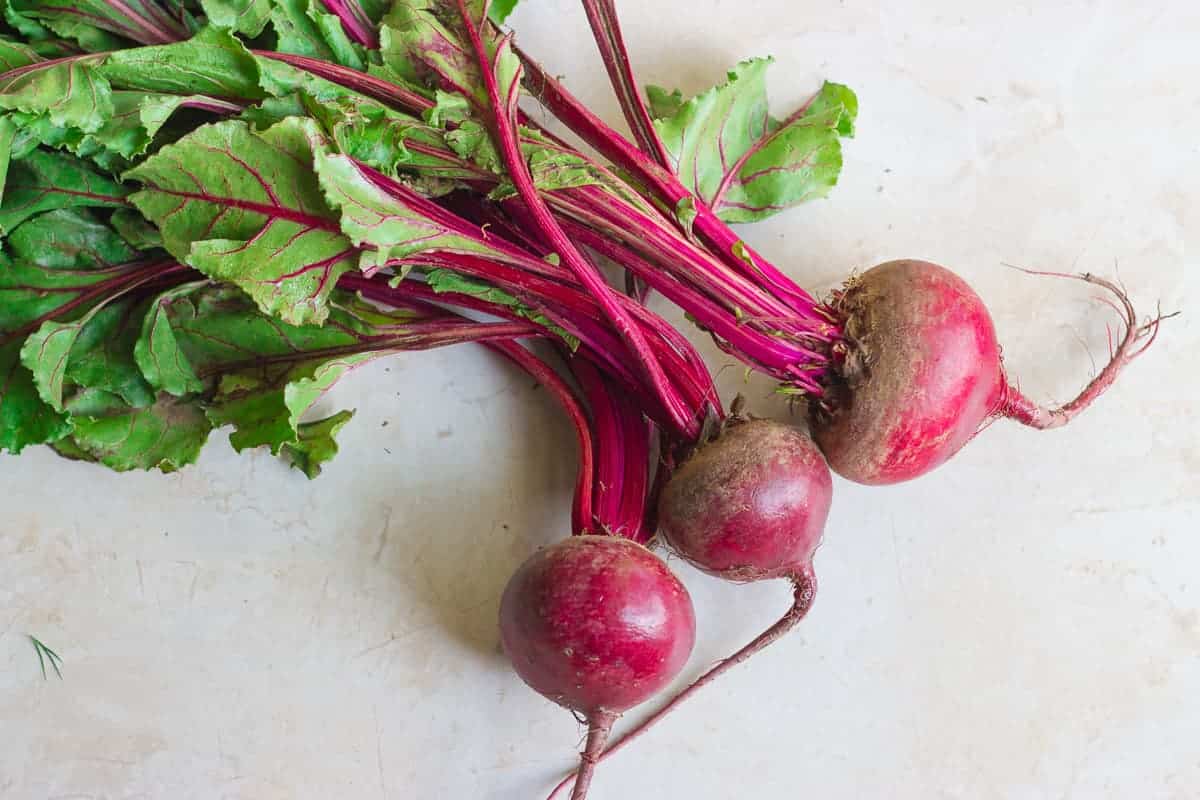
Choose ones that are rich in color, firm with smooth skin, and round.
And make sure they are small or medium in size (no larger than 3 inches in diameter), as they are sweeter and more tender.
I learned the hard way when the husband brought home large beets thinking bigger is better and they not only tasted terrible but were super tough and fibrous! Never again!
If you're buying beets with leaves and stems attached, the leaves should be crisp and dark green.
Grab ones that are similar in size so they will cook evenly.
They come in many different shades. Golden and white ones are sweet and have a less earthy flavor compared to the red ones. Some even have red and white rings inside! If you can get your hands on these, grab some. It will be a great way to incorporate variety.
Cooking Methods
Be sure to gently scrub under running water to remove any dirt or sand.
It is best to cook with the skin on and some stem and root attached. Otherwise, the beets will stain your hands and everything else that they touch.
The skin will rub off easily after cooking. Once cooled, use a paper towel or gloves to help peel.
It is VERY important that the vegetable is cooked until soft enough to be easily smushed between thumb and forefinger.
Steamed
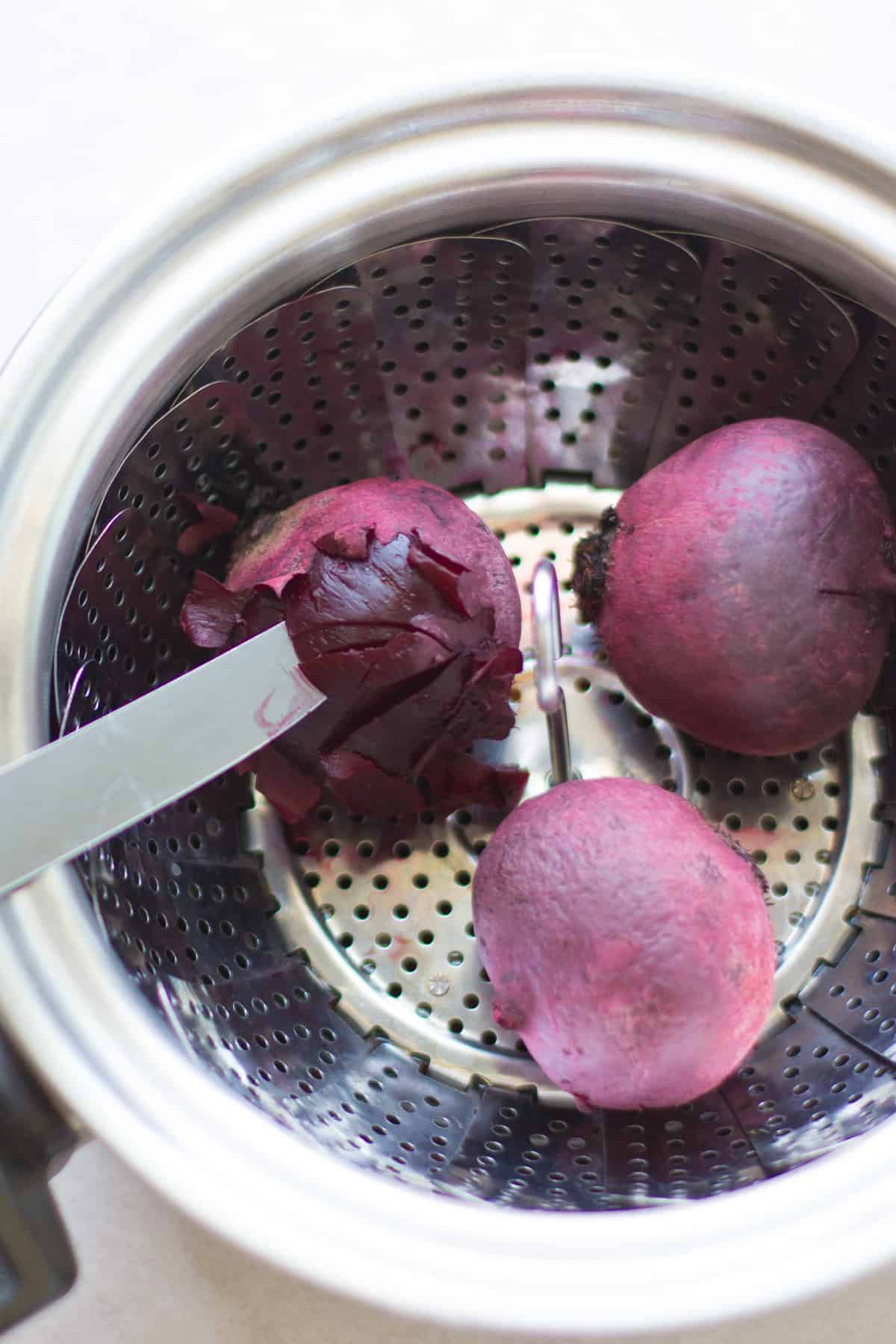
Insert a steamer basket into a large pot. Fill with water to just below the steamer basket. Bring water to a boil.
Add beets to the pot and cover with a lid. Reduce heat to low and simmer until tender, about 30-40 minutes, depending on the size. Remove from pot. Allow them to cool. Peel skin.
Steam Roasted
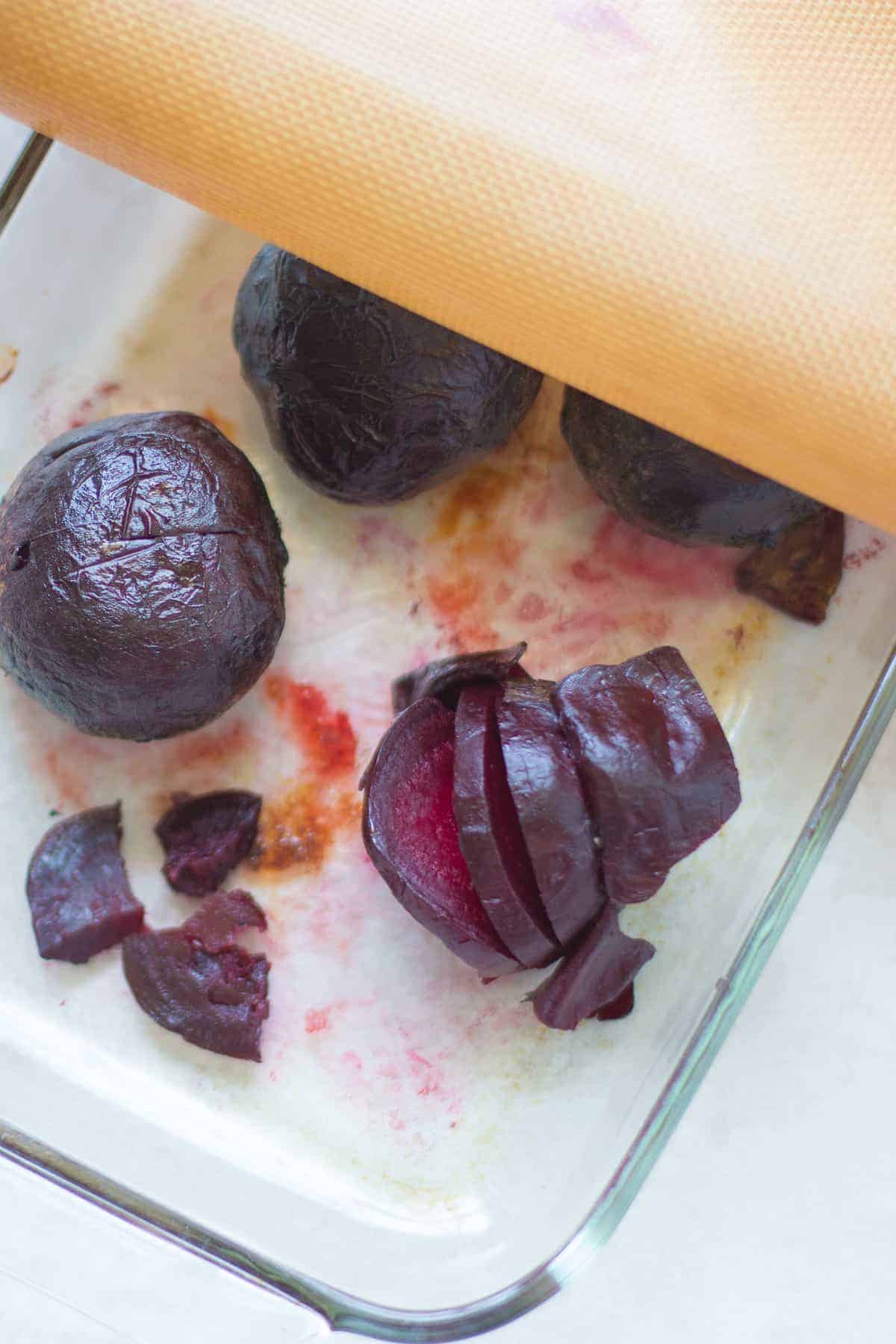
This is my personal favorite as it truly brings out their natural sweetness.
Here’s how to achieve perfectly silky and tender beets that your baby will gobble up in seconds.
- Place the beets in a single layer in a greased baking/casserole dish and cover with a lid. Alternatively, you can coat the beet skins with oil and wrap loosely in foil (wrap big ones individually).
- Roast in the oven at 400°F for 45-50 minutes. You can check the doneness by piercing it with a knife. It should cut through like butter.
- Once cooled, peel, slice and enjoy!
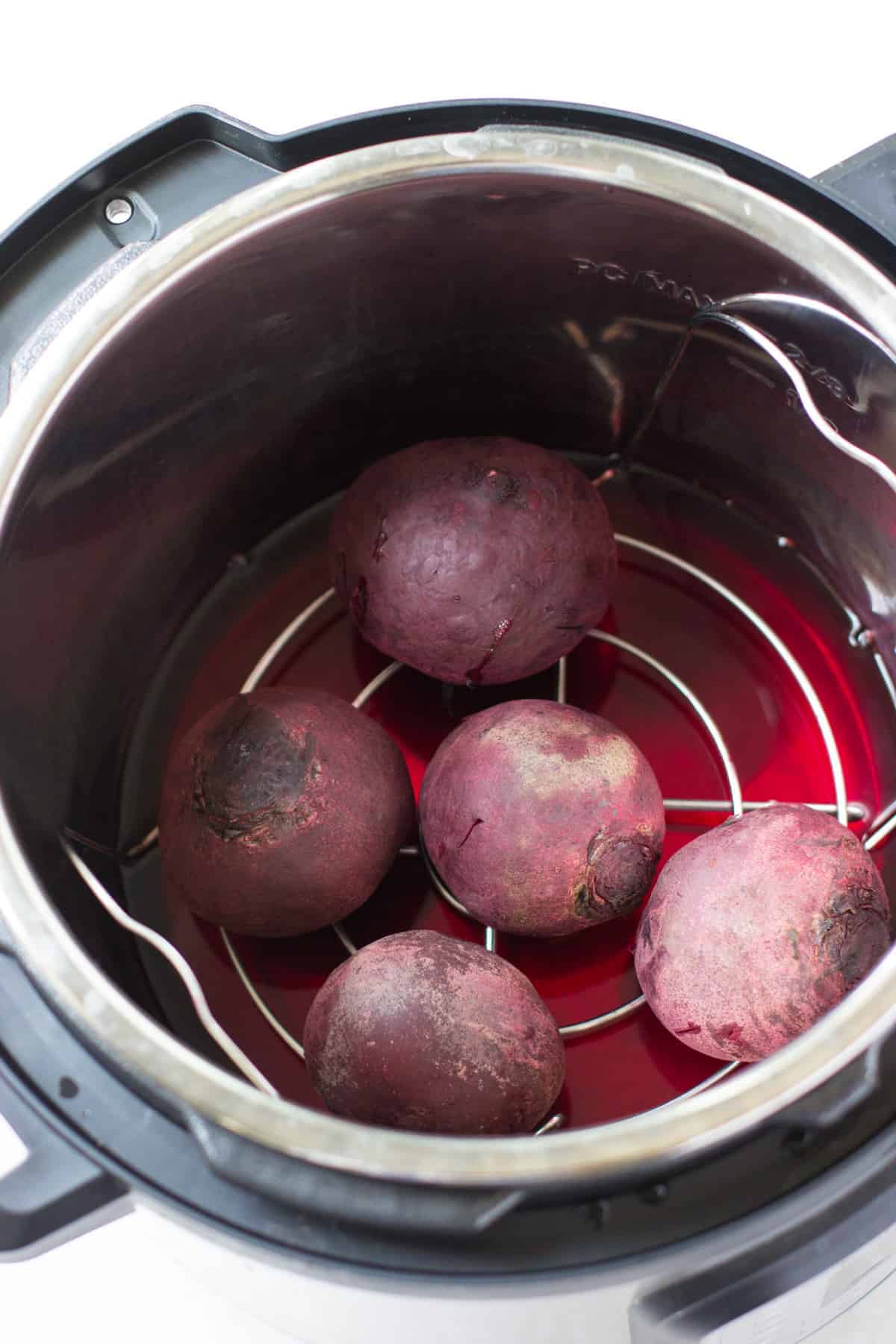
Instant Pot
The downside to roasting is that while it's simple to do, it does take a long time for the beets to get softened. Now that I'm a proud owner of the Instant Pot, when I'm pressed for time, here's what I do!
- Place the cleaned beets on trivet or steam basket. Add 1 cup of water.
- Close the lid, making sure valve is at sealing.
- Press manual or pressure cook at high pressure for 15-20 minutes, depending on the size of the beets.
- Do a quick release method by turning the valve from sealing to venting .
- Poke the beets with a knife. If it's still too hard, cook under high pressure for an additional 2-5 minutes.
- Let it cool before peeling the skin with your hands.
Pre-cooked beets
They tend to be more expensive but can't beat the convenience!
How to Cut Beets for Baby Led Weaning
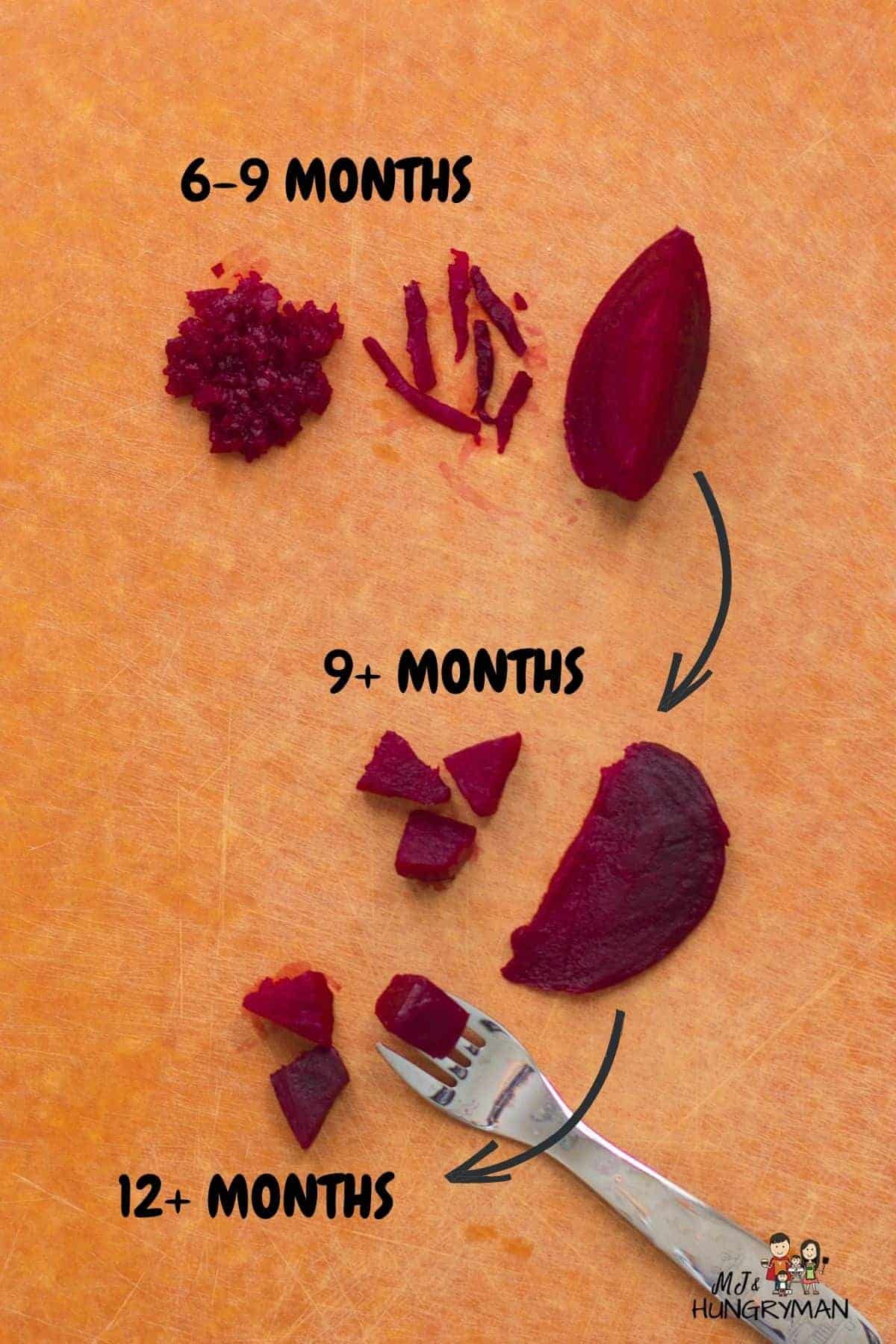
Beets provide your baby with such a wonderful flavor and texture experience. Its vibrant color is sure to engage their eyes, and even pique the interest of your fussy eating toddler.
6+ months old
Pureed - Add cooked beets into a blender and blend until smooth. Add breastmilk/formula, water, or even broth to thin out to desired consistency.
Finely chopped- I like to use my mini chopper for this. Make enough to enjoy throughout the week in various ways. You can add to:
6-9 MONTHS OLD
Either go big or really small. You can finely chop (I love to use this mini chopper), grate or serve quartered.
The beets should be easy to smush between your thumb and forefinger.
9+ MONTHS OLD
As your baby develops their pincer grasp and is able to pick up small pieces of food using their thumb and forefinger, you can cut into small, bite-sized pieces. You can also serve thinly sliced.
If you haven't already, this is a good time to introduce utensils. Your baby will most likely just play around or toss it. But it’s still great for exposure!
Try forking a piece of squash and plate on their plate. Be sure to continue modeling. They are like sponges and learn by watching you!
12+ months old
In addition to all of the above, continue practicing with those utensils. And don’t get discouraged if your child doesn’t seem to be getting it. It's a skill that takes time to master, and the best things you can do are provide plenty of opportunities to practice and model.
Going back up in size and offering whole or halved soft beets is also great for practicing taking bites.
How to store
For uncooked
Do not wash before storing. If you purchased ones with the greens attached, remove it from the root, leaving only about an inch of the stem intact. Otherwise, it will suck the moisture from the root.
Store in the crisper drawer for 2-3 weeks. Beet greens will keep for 3-5 days.
For cooked
Store in an airtight container for 3-5 days in the fridge.
To Freeze
I encourage you to cook a large batch so you can freeze some. I personally like to freeze beets whole but you can also slice them. Transfer to an airtight container and freeze for up to 3 months.
Frequently Asked Questions
They actually help promote regularity, thanks to their high fiber content. With my firstborn, beets (and chia seeds) were what really helped get things moving when nothing else seemed to work.
Nitrates are natural chemicals that are found in the soil, air, and water. Therefore, they’re found in many vegetables. When consumed in excess, they can negatively affect blood counts, resulting in lethargy and breathing difficulties.
But this is rare for babies 6 months old and up. The American Academy of Pediatrics recommends that foods with naturally occurring nitrates be avoided before 3 months of age.
This should be easy since babies don't need solid foods until around 6 months of age.
Vegetables provide so many beneficial nutrients that the benefits typically outweigh any harmful effects. But this is also another reminder to incorporate more variety into your child's diet. Too much of one food, whether good or bad, is not ideal.
If you are very concerned, purchasing organic will help minimize the intake of nitrates.
Sure! Just choose ones that contain the least amount of sodium and no added sugar. Give it a good rinse before serving to further reduce the sodium.
Yes, thanks to the betanin pigment, it is normal for them to take on a reddish hue. Although this can be scary, don't be alarmed. Rest assured, it is completely harmless.
Beet recipes for babies
As you can see, it takes a long time to cook beets. So be sure to cook a huge batch while you’re at it! You can serve as is or try these recipes!
- Beet Pancakes (egg-free)
- Beet Hummus
- Beetroot Dip with Chickpeas
- Beetroot Blender Muffins
- Turkey Beet Meatballs
- Beetroot Pesto Pasta Sauce
- Beetroot Curry Oatmeal
- Beet Zucchini Bread
- Bibimbap Sauce
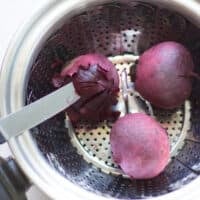
How to Cook Beetroot (3 Easy Methods)
Equipment
Ingredients
- 1 pound small to medium sized beetroots
- Olive or avocado oil, if steam roasting
Instructions
Steamed Beets
- Insert a steamer basket into a large pot. Fill with water to just below the steamer basket. Bring water to a boil.
- Add beets to the pot and cover with a lid. Reduce heat to low and simmer until tender, about 30-40 minutes, depending on the size. Remove from pot. Allow them to cool. Peel skin.
Steam Roasted Beets
- Place the beets in a single layer in a greased baking/casserole dish and cover with a lid. Alternatively, you can coat the beet skins with oil and wrap loosely in foil (wrap big ones individually).
- Roast in the oven at 400°F for 45-50 minutes. You can check the doneness by piercing it with a knife. It should cut through like butter. Once cooled, peel, slice and enjoy!
Instant Pot Beets
- Place the cleaned beets on trivet or steam basket. Add 1 cup of water. Close the lid, making sure valve is at sealing.
- Press manual or pressure cook at high pressure for 15-20 minutes, depending on the size of the beets. Do a quick release method by turning the valve from sealing to venting.
- Poke the beets with a knife. If it's still too hard, cook under high pressure for an additional 2-5 minutes. Let it cool before peeling the skin with your hands.


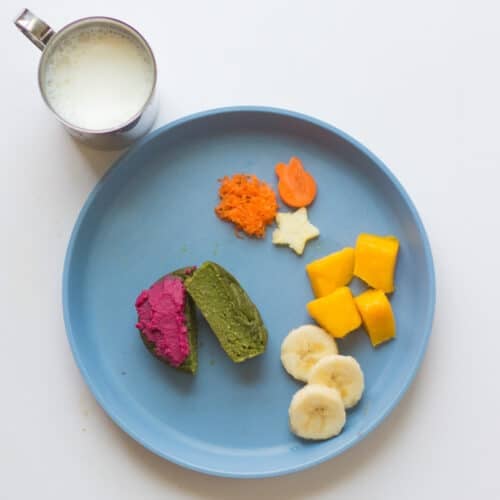
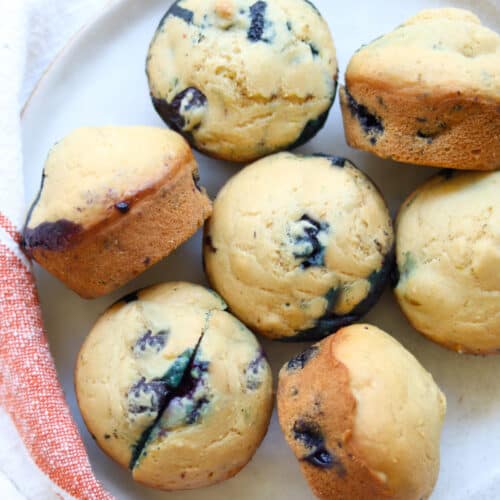
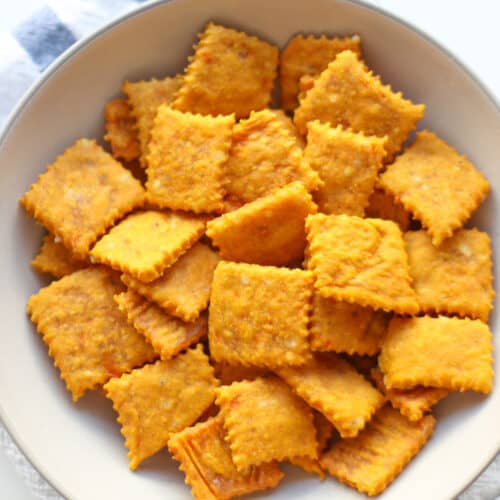


Leave a Reply